Xiaomi Mi Band Pulse Vs FitBit Flex features and price comparison: Which fitness tracker to BUY?
During the weekend, Xiaomi unveiled its second-generation fitness tracker which rolled out in China, called Mi Band Pulse.
The device is set to go on sale on November 11, which means we’ve got plenty of time to put the Mi Band Pulse and the FitBit Flex – the closest fitness tracker to the first one – side by side and see who can stand the competition.
The Chinese smartphone maker last year stepped into the fitness arena with its super affordable health tracker, the $13 MiBand. And while Fitbit still dominates the wearable market, Xiaomi is catching up—now the No. 2 vendor, despite primarily shipping within its home country.
MUST READ: Xiaomi Mi Band Pulse/Mi Band 1S fitness tracker released in China: Price, Features and Availability details
The latter one may have been superseded by the newer Fitbit Charge and Fitbit Charge HR, but it still holds its ground thanks to its lower price – much like Xiaomi’s latest device – and reliability.
Design
At first glance, the brand new Mi Band Pulse looks identical to its predecessor for the non-experienced customer. But if you’ve seen up close the specific wearable before, then you’ll definitely notice that there’s a new optical heart rate monitor— “which has the high accuracy of the Apple Watch,” Xiaomi said— and stronger strap material.
This stylish addition offers a more comprehensive activity tracking solution, which includes steps tracking, calorie intake and quality of sleep, a series of features that the tech devices Chinese manufacturer has finally added to one of its fitness trackers.
The FitBit Flex, on the other hand, was initially announced at the CES back in 2013 and gained quick recognition by balancing the step-counting technology with the style and convenience of a wrist-sized device. Thanks to the renewed design, the Flex also allows you to leaves the sleep tracking sensor permanently attached, allowing to switch modes without removing the device at all.
The general design of the Flex consists of two parts: the sensor and the strap. The sensor does not feature a LED display, so it’s smaller than other wearables of the FitBit family, such as the One. And the strap is actually a lightweight rubber wristband that comes in a simplistic design. Unlike a watch strap or even a bracelet, the Flex uses a plastic grey latch to poke the plastic prongs into a series of holes on the band.
The biggest difference in the design of the wearables we’ve put under the scope, is that the latter provides fairly more customizable options, which ultimately lets each user come up with his own individual design.
Connectivity
Having a fitness tracker wrapped around your wrist is obviously useful when you want to look after your physical state, but the device on its own needs to be supported by a wider ecosystem of other handsets which it should be able to connect and share results and data with, if you are to make the most out of it.
The Xiaomi Mi Band Pulse connects to any Android handset running Android 4.4 KitKat and above through Bluetooth 4.0 LE, with Xiaomi’s Mi Fit app syncing health and fitness data from the band. Other sources from phoneArena support that the wearable can also connect to iOS devices through the same app.
And here’s just some food for thought: considering that the percentage of Chinese customers who are using the Android is as high as 75% – according to Statista.com – could this mean that the Chinese tech firm plans to roll out the Mi Band Pulse in the US sometime in the future as well, where the iOS holds the first place?
As for the FitBit Flex, it also features a Bluetooth 4.0 connection option which reportedly also supports both Android and iOS devices. However, judging by various reviews conducted by trustworthy sources, such as TechRadar, or the Wearable.com, there are still some issues with the overall connectivity that limit down the number of supported devices only to quite a few of them.
Support for the Flex is also available on Windows Phone 8.1 devices, which is pretty convenient for all the Live Tile lovers out there. The Flex does also come with a small USB dongle for syncing to Mac or PC. It works well, but is nowhere near as elegant a solution as the mobile syncing.
Battery
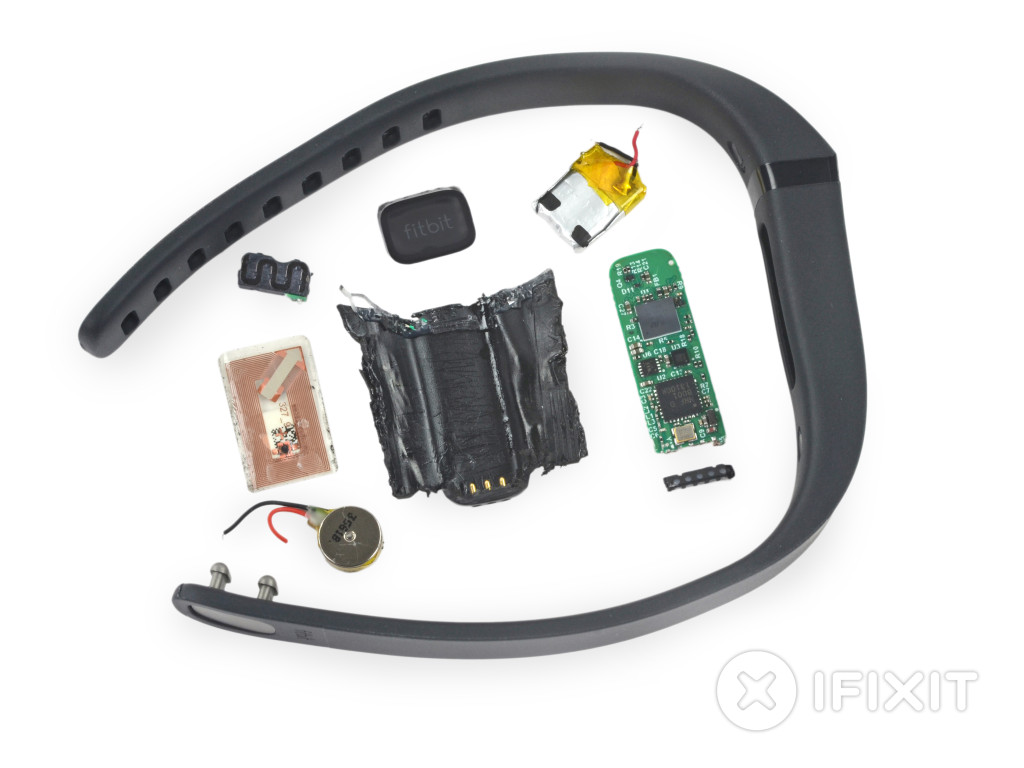
Xiaomi – as most Chinese companies – is known for adding some out-of-this-world features to its devices for a surprisingly affordable price.
So much like the MiBand before it, the Pulse sports a 45mAh battery, which the manufacturer claims lasts 30 days on a single charge. The particular battery life is the best you can get on the market that falls within the Mi Band Pulse’s league.
The FitBit Flex follows a more common course on the battery life and can remain active for 7 or 8 days with one charge, before running out of battery. That is not bad at all, especially given the rest of the package (lots of features for a low price); but it still doesn’t match the 30 days claim that Xiaomi attained.
Pricing and availability
What makes the Xiaomi Mi Band Pulse so attractive, is not just the design or the series of cool and useful features. It is actually mostly the low price which you wouldn’t believe is $15. And on November 11 customers in China will be able to obtain it for $10 (69 Yuen). On the downside, Xiaomi has not disclosed any information on whether the wearable will roll out to other markets as well.
The Flex is already available for $100 and the company makes deliveries around the globe so you can get your hands on it, no matter where you reside.
The Verdict
Both devices come with the same features more or less. Step counter, calorie counter, distance counter, alarm, activity time tracker. So ultimately, it all comes down to the design.
If you’re more into the FitBit Flex and you like to have more customization options, then go for it but keep in mind that you’ll pay $100, which is $85 more than what you’d pay to get the Xiaomi Mi Band Pulse, which is basically the same tech embodied on a more simplistic design.

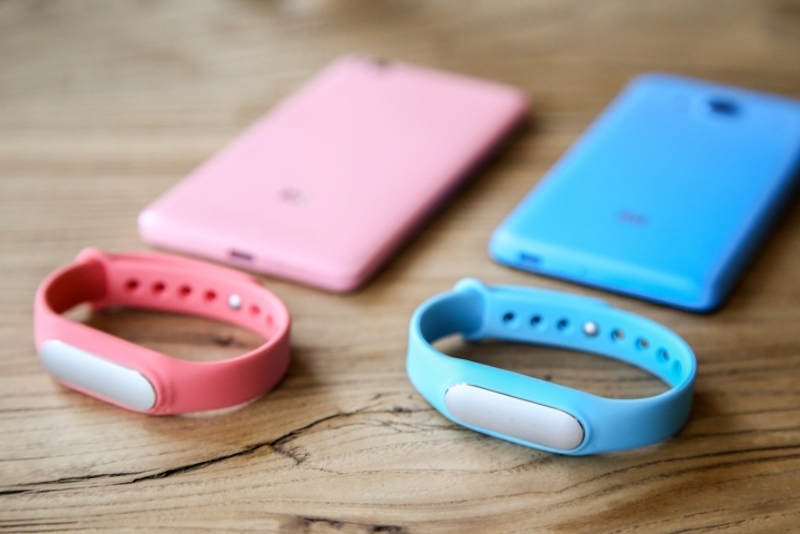
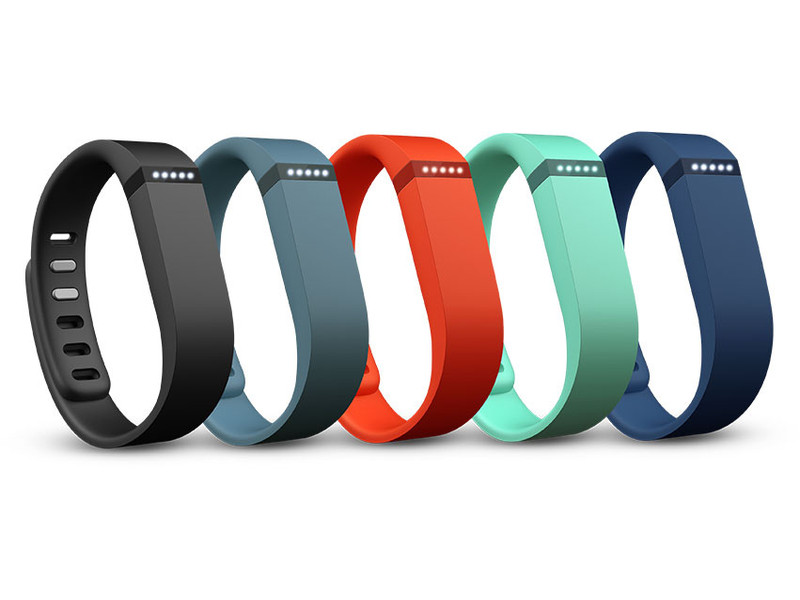
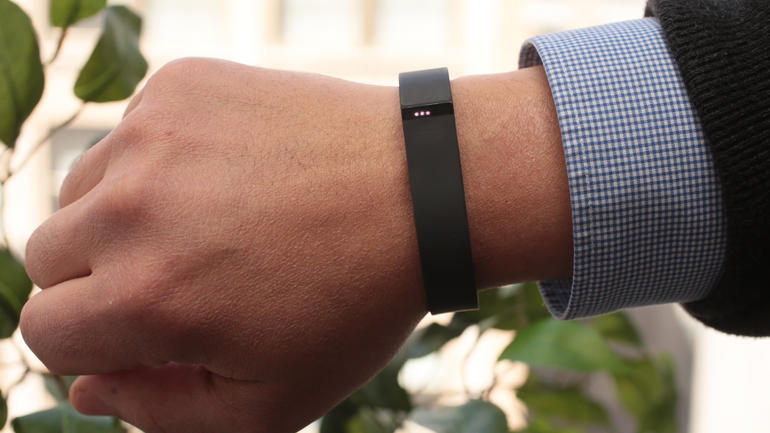
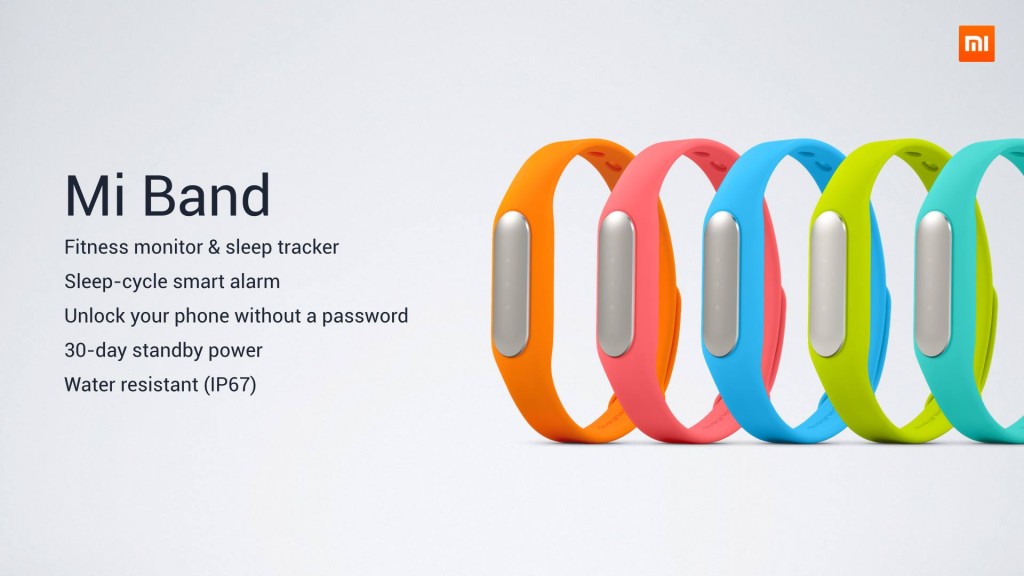
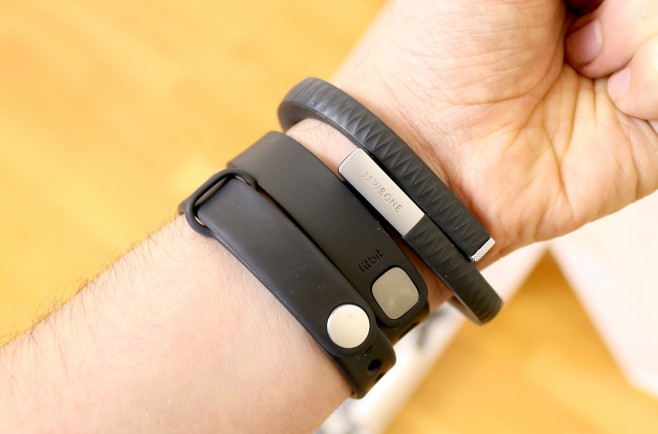
I would definitely go with Xiaomi’s fitness tracker. Though, let me add that with the prices of wearable devices continuing to drop and smartphones becoming more ubiquitous, it begs the question if wearable devices are for the masses. Dr. Ezekiel Emanuel says no (see link below), but I think the more important question is should they be for the masses. http://blog.wellable.co/2015/11/04/are-wearables-for-the-masses/